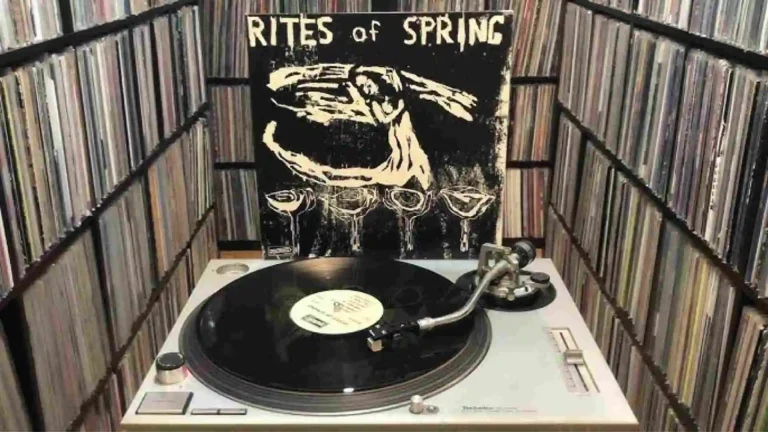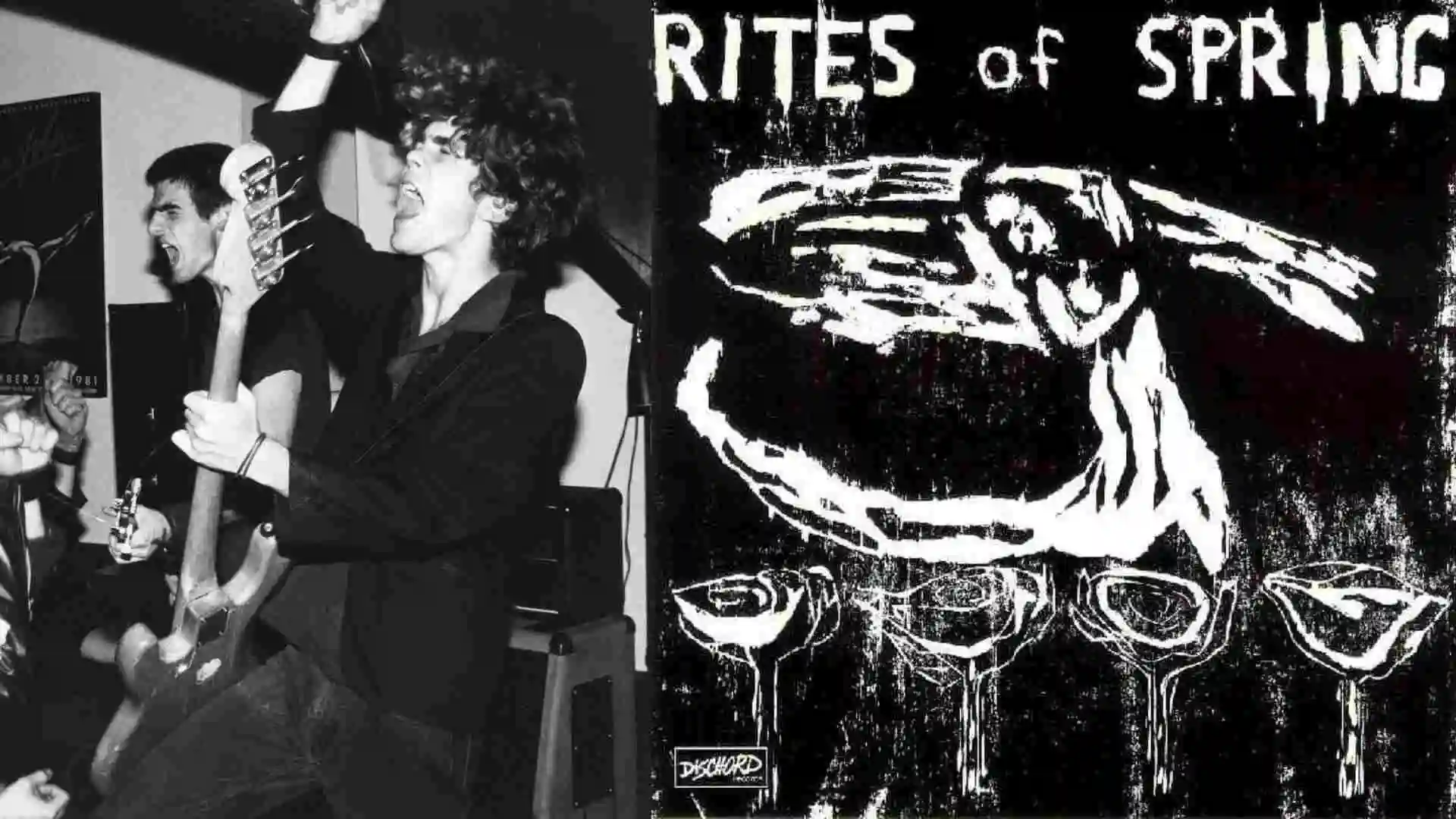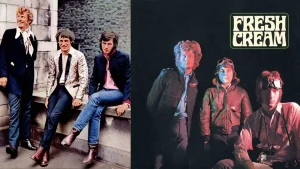
Rites of Spring, with their album End on End, left an indelible mark on the history of hardcore and post-hardcore. Released in 1985, this album is not only a landmark in the Washington D.C. scene but also one of the first manifestations of what would later be known as emocore. With a mix of aggression, sensitivity, and emotional anguish, End on End fused hardcore punk with an emotional intensity that paved the way for later bands like Fugazi and influenced more contemporary acts such as Underoath and Bring Me The Horizon.
What can we hear?
From the first chords of Spring, the band takes us to a world of anguish, energy, and vulnerability. The song is a statement of intent, an anthem that sets the tone for what’s to come. In Deeper Than Inside and the band’s most well-known track, For Want Of, the group continues with its focus on emotional intensity, while exploring the boundaries of hardcore with a more introspective and melodic touch.
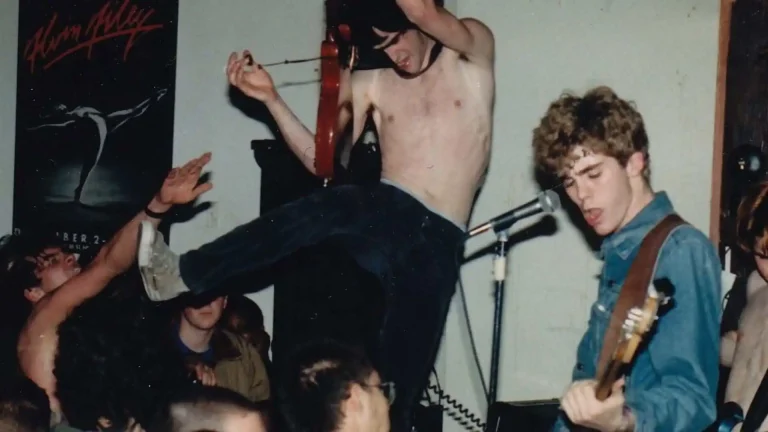
An intense view of the inner world:
The lyrics of End on End go beyond the typical hardcore themes, delving into deep emotions like rootlessness, unrequited love, and inner conflict. The song Spring is a clear example of this: Picciotto’s lyrics, full of pain and frustration, intertwine with the instrumentation as if they are an extension of the suffering the music conveys. The album is not only aggressive in its sound but also in its emotional vulnerability, something that would resonate with generations of emo and post-hardcore bands that followed.
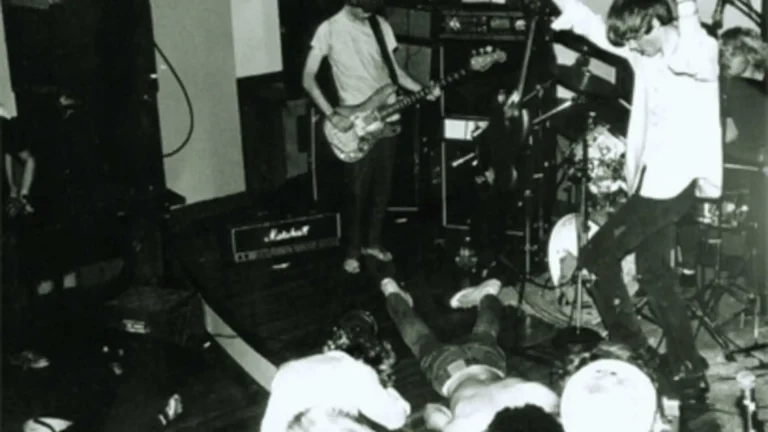
The complexity and legacy of the album:
With End on End, Rites of Spring didn’t just make history; they also challenged the norms of their time. While the album is loud and aggressive, the band’s ability to play with dynamics between soft moments and bursts of energy makes it a fascinating work. Additionally, the bass in Hain’s Point introduces a more melodic approach within the band’s aggression, a formula that would be key in the evolution of post-hardcore.
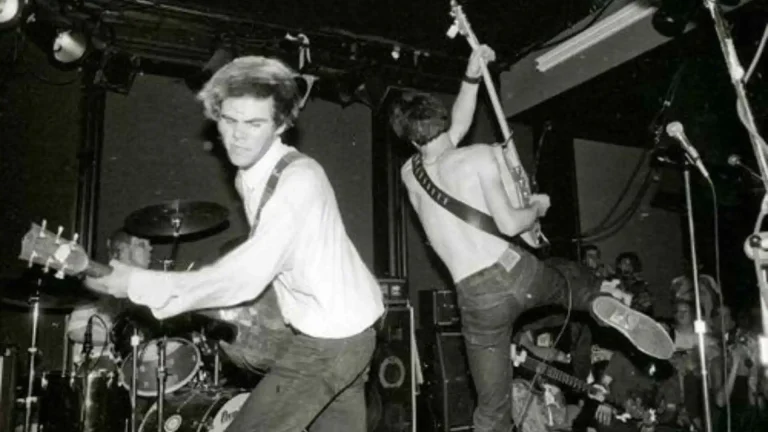
A conclusion that reflects its legacy:
The album’s closing track is a bittersweet reflection on the passage of time, human connection, and the impossibility of finding inner peace. The final song, as its title suggests, closes the circle with the same emotional intensity that opened the album. This complete structure makes End on End a full sonic experience from beginning to end, leaving the listener with a sense of catharsis and deep reflection.
